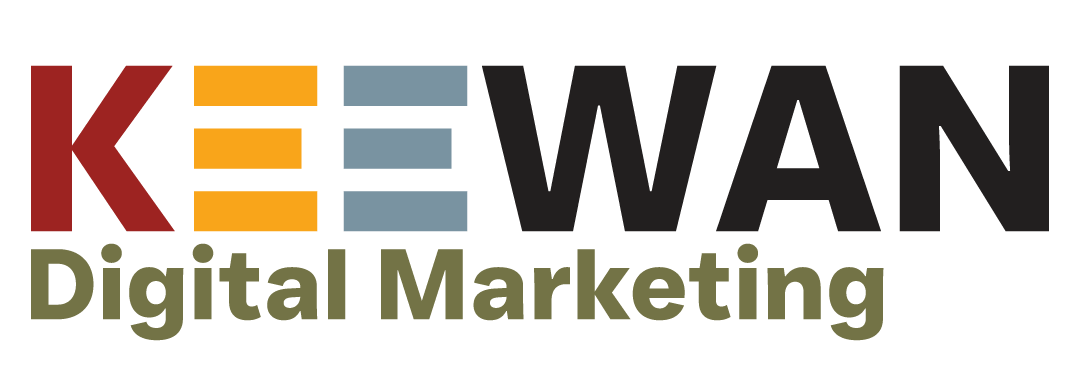As we move into 2024, the landscape of website design continues to evolve, driven by technological advancements and changing user expectations. Staying ahead of these trends is crucial for businesses looking to create user-friendly and visually appealing websites that stand out in a competitive digital environment. In this article, we’ll explore the top website design trends for 2024 and provide insights on how to implement these trends to enhance your website’s performance and user experience.
1. Dark Mode Dominance
Dark mode has been gaining popularity for its sleek aesthetic and ability to reduce eye strain. In 2024, expect to see more websites offering dark mode options, allowing users to switch between light and dark themes based on their preferences.
Key Actions:
- Implement dark mode as an alternative theme for your website.
- Ensure that all design elements, including text and images, are optimized for both light and dark modes.
- Test the dark mode experience across different devices and screen sizes.
2. Minimalist Design with Bold Typography
Minimalism continues to be a key trend in web design, focusing on simplicity and functionality. Bold typography complements minimalist designs by adding visual interest and enhancing readability.
Key Actions:
- Use large, bold fonts to highlight important information and calls to action.
- Maintain ample white space to create a clean and uncluttered look.
- Ensure that your typography choices align with your brand identity and are legible on all devices.
3. Micro-Interactions
Micro-interactions are small, subtle animations or design elements that engage users and enhance the overall user experience. These can include hover effects, button animations, and loading indicators.
Key Actions:
- Incorporate micro-interactions to provide feedback and guide users through your website.
- Use animations sparingly to avoid overwhelming users.
- Ensure that micro-interactions are intuitive and enhance usability.
4. 3D Elements and Immersive Design
Advancements in web technology have made it easier to incorporate 3D elements into website design. 3D graphics and immersive design can create a more engaging and interactive user experience.
Key Actions:
- Use 3D elements to highlight products or create interactive experiences.
- Ensure that 3D graphics are optimized for fast loading times.
- Test the performance of 3D elements on various devices to ensure compatibility.
5. Voice User Interface (VUI)
With the rise of voice-activated devices, incorporating Voice User Interface (VUI) into website design is becoming increasingly important. VUI allows users to interact with your website using voice commands.
Key Actions:
- Integrate voice search functionality to enhance accessibility and user experience.
- Ensure that your website’s content is optimized for voice search queries.
- Provide clear instructions on how users can utilize voice commands on your site.
6. Asymmetrical Layouts
Asymmetrical layouts break away from traditional grid patterns, creating a more dynamic and visually interesting design. This trend allows for greater creativity and unique user experiences.
Key Actions:
- Experiment with asymmetrical layouts to create a distinctive look.
- Balance design elements to maintain visual harmony and readability.
- Use asymmetry to draw attention to key content and calls to action.
7. Augmented Reality (AR) Integration
Augmented Reality (AR) is transforming how users interact with websites, offering immersive experiences that blend digital and physical worlds. AR can be particularly effective for e-commerce sites, allowing users to visualize products in their real environment.
Key Actions:
- Implement AR features to showcase products or provide interactive experiences.
- Ensure that AR elements are intuitive and enhance the user journey.
- Optimize AR content for various devices and browsers.
8. Sustainability and Eco-Friendly Design
As consumers become more environmentally conscious, websites are increasingly reflecting these values through sustainable design practices. This includes using eco-friendly hosting services and optimizing websites for energy efficiency.
Key Actions:
- Choose green hosting providers that use renewable energy sources.
- Optimize images and other media to reduce your website’s carbon footprint.
- Highlight your commitment to sustainability through your website’s design and content.
9. Inclusive and Accessible Design
Accessibility is no longer optional; it’s a necessity. Designing websites that are inclusive and accessible to all users, including those with disabilities, is crucial for reaching a broader audience and complying with legal standards.
Key Actions:
- Ensure your website meets Web Content Accessibility Guidelines (WCAG).
- Use accessible colors, fonts, and navigation structures.
- Provide alternative text for images and captions for videos.
10. AI-Powered Personalization
Artificial Intelligence (AI) is revolutionizing web design by enabling personalized user experiences. AI can analyze user behavior and preferences to deliver tailored content and recommendations.
Key Actions:
- Implement AI tools to personalize content and product recommendations.
- Use machine learning algorithms to improve user experience over time.
- Ensure that personalization enhances usability without compromising privacy.
Conclusion
Keeping up with the latest website design trends is essential for creating a user-friendly and visually appealing website. By embracing these trends, your business can enhance its online presence, engage users more effectively, and stay competitive in the ever-evolving digital landscape. At KEEWAN Digital Marketing, we’re dedicated to helping you implement these cutting-edge trends to create a website that stands out. Contact us today to learn how we can support your web design and development needs.
